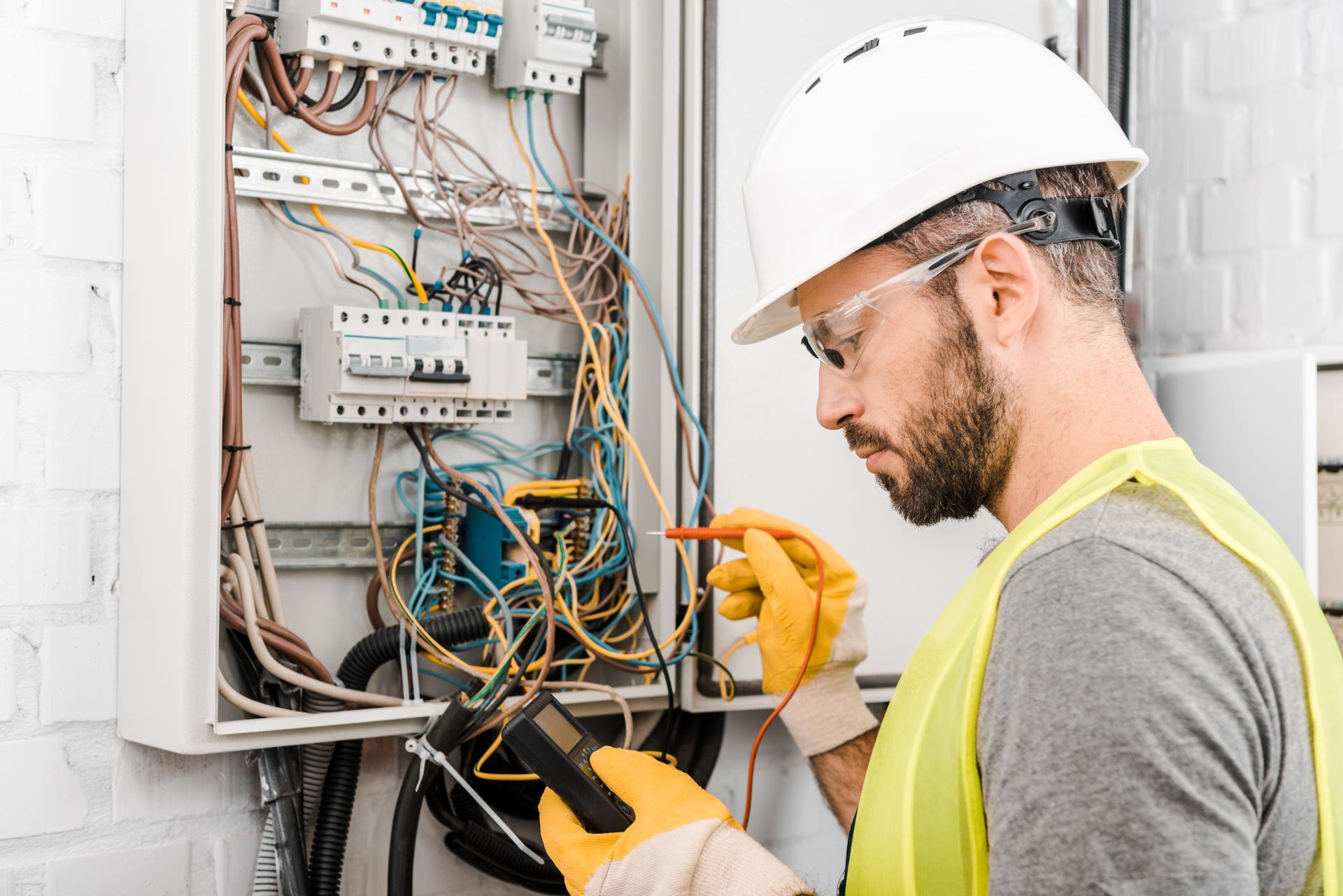The Fundamentals of Electrical Wiring in Your Home: A Novice's Perspective

Electricity is an essential component of our everyday lives, powering everything from the lighting in our homes to the appliances that we use each day. However, electrical systems can be complicated and understanding how they operate can be difficult. In this guide we’ll go over the components in an electrical circuit and explain how circuits work to power devices and appliances. Our residential electricians can handle any electrical jobs you need.
The components of an electrical system
A home’s electrical system includes a number of key components that work together to supply power to homes. These include:
Breaker box: the main distribution point for electrical power in a home that is where electricity is divided into several circuits
Outlets and switches: the points where electricity is delivered to devices and appliances
Wiring: the wires that transport electricity from the breaker box, to the outlets and switches
Electric appliances, devices and equipment: appliances and gadgets that rely on electricity for their functions.
Electrical Circuits
An electrical circuit is a pathway that allows electricity to flow from the source (the the breaker box) to appliances and devices within a home. There are two types of electrical circuits found in a home: 120-volt circuits and 240-volt circuits. 120-volt circuits are used to power most household appliances and appliances, while the 240-volt circuits are designed for larger appliances like dryers and air conditioners.
Electrical circuits work by creating a loop that allows electricity to flow from the source into the device or appliance. The loop consists of a hot cable that transports the power and a neutral wire which completes the circuit as well as a ground wire , which is the pathway for electricity to travel to the ground in the event of a fault.
Understanding Electrical Wiring
Electrical wiring is available in a variety of kinds, such as non-metallic sheathed wire (NM), armored cable (AC), and conduit. Each kind comes with its own pros and disadvantages, and the choice of wiring type depends on the specific needs for the particular installation.
The electricity travels through wires through a flow of electrons through the wire. Electrons move between the origin and the appliance or device, and back to the source via the neutral wire. It is crucial to make sure that the wiring is installed and maintained in a correct manner, as faulty wiring can lead to electrical dangers like shocks and fires.
Common Electrical Issues
Common electrical issues in homes include tripping light bulbs, flickering breakers and disconnected outlets. The causes of these issues could be by a variety of factors, including overloading circuits, loose connections, and faulty wiring.
If you experience any of these issues, it’s essential to identify the source and take action to fix the problem. In certain instances this could mean contacting an authorized electrician to examine and fix the wiring.
Final Conclusion, as well as a Call to Action
In the end, knowing how electrical wiring operates is essential to ensure the safety and security of the electrical system in your home. If you follow the rules laid out in this guide to stay secure and avoid potential dangers.
Should you ever have concerns or questions regarding the electrical system in your home do not hesitate to call Local Electrician Croydon. Our licensed electricians has the expertise and experience to handle all your electrical needs. Contact us by phone at 1300 933 820 to schedule a consultation.
FAQ
What are the signs of faulty electrical wiring?
Signs of defective electrical wiring can include tripping breakers, flashing lights, and dead outlets, among others.
When should I schedule my home’s electrical system inspected?
It’s recommended that you get your home’s electrical system examined by an accredited electrician every 10 years.
What is the lifespan of electrical wiring?
The lifespan of electrical wiring is dependent on a variety of factors, including the kind of wiring used, the environment it’s installed in, and the quality of the installation. The majority of electrical wiring can last at least thirty years, or even more, with the proper installation and maintenance.
Do I need to fix electrical issues myself or should I always hire an electrician?
While some electrical problems can be solved by homeowners, it is advised to hire an authorized electrician for the majority of electrical repairs. If you attempt to fix electrical issues without proper training and expertise is risky and could cause damage or injury the property.
What should I do if I experience an electrical emergency within my home?
If you encounter an electrical emergency, the first step is to cut off the power supply to the area affected by turning off the breaker or fuse. Then, contact an accredited electrician to inspect and repair the problem as quickly as you can.
If you follow these tips, you can ensure the safety and reliability of your electrical system in your home and reduce possible dangers. Keep in mind that when it comes to electrical repairs as well as installations, it’s best to leave it to the experts. Contact Local Electrician Croydon at 1300 933 820 for all your electrical concerns.
